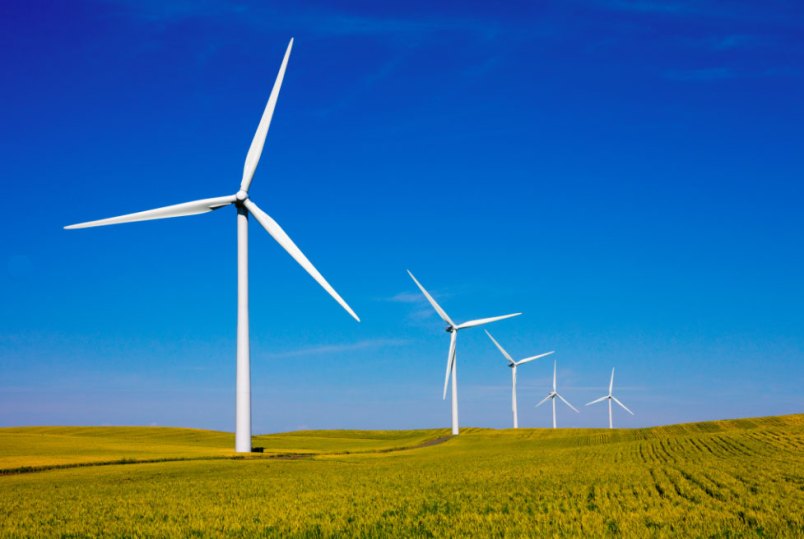This is the second in a five-part series sponsored by BP about America’s changing energy landscape.
The U.S. energy mix is changing rapidly, and it’s becoming more diverse. Driving this shift are new technologies that are fundamentally reshaping how the country extracts, processes and consumes energy. As a result, the U.S. fuel mix is becoming cleaner, and the country is becoming less reliant on foreign sources of fuel.
Here are five key factors reshaping America’s energy mix.
Natural gas is quickly becoming America’s most popular fuel.
The U.S. is now the top producer of natural gas in the world and by 2028, natural gas will edge out oil as America’s most-used fuel. Because gas is abundant and comparatively cheap, U.S. natural gas consumption has steadily grown over the past two decades, particularly in electricity production. The natural gas share of the electricity market will grow by 46 percent over the next two decades, with gas overtaking coal as the primary fuel for generating electrical power. That transition is the major driver of declining U.S. carbon emissions, because natural gas emits about half as much carbon as coal to produce the same amount of electricity. Emissions from energy use are expected to decline 13 percent by 2035 to levels not seen since 1986.
America is producing more oil, but it is consuming less of it.

Oil has historically been the largest slice of the country’s energy pie. It’s our primary transportation fuel and will continue to power American automobiles for years to come. But oil’s share of America’s overall energy mix is gradually declining. This decline is driven primarily by innovation in the U.S. transportation sector: Vehicles are becoming more fuel efficient and thus need less energy to power them. Yet while U.S. consumption of oil is declining relative to other fuel sources, the U.S. is producing more oil than ever. Indeed, last year U.S. production growth was the largest in its history; only Saudi Arabia has ever posted a higher rate of annual production growth. This increased production, combined with falling demand, will bring an end to America’s decades-long reliance on oil imports. Just ten years ago, America imported 60 percent of the oil it needed. The U.S. is set to become oil self-sufficient by the 2030s.
Renewables are the nation’s fastest growing fuel category.

Renewable energy sources like wind and solar are the country’s fastest growing fuel category. By 2035 renewables will comprise 11 percent of the U.S. energy mix, up from just 4 percent today. This growth will be most pronounced in electricity generation, where renewables will become the second most-used fuel by 2035, generating a little under a quarter of the nation’s electricity. In fact, by that time, renewables will overtake coal as the third most-used fuel in the U.S.
Coal’s percentage of the U.S. energy mix has never been lower.
Coal’s share of the U.S. energy market will drop to 10 percent at the end of the next two decades. This drop in coal is being driven primarily by the increased use of natural gas and renewables to generate electricity. Just two years ago, coal generated over 40 percent of all U.S. electricity; in 2035, it will generate just slightly more than 20 percent.
Technological innovation is the primary reason for this historic shift.

New technologies have allowed America to extract vast quantities of natural gas and oil previously trapped underground. Those new resources have moved the U.S. from a position of energy scarcity to one of energy abundance. New technologies also are rapidly driving down the price of wind and solar, while engineers in Detroit are making cars more fuel efficient. As in the past, market factors and new technologies are making the U.S. fuel mix more diverse.









